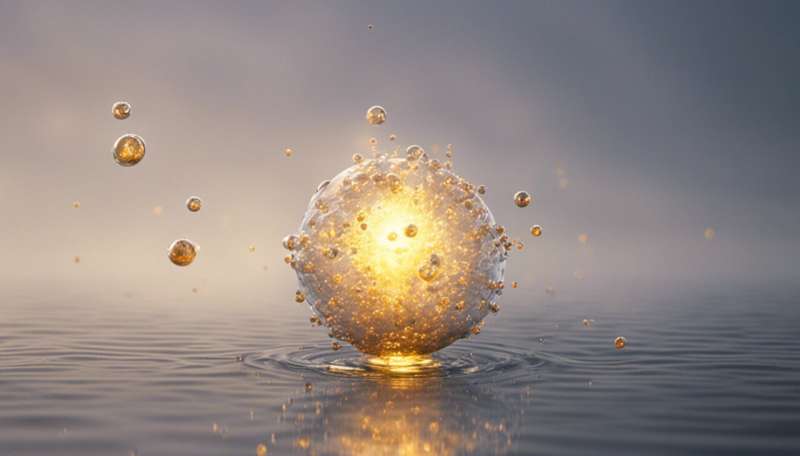Finding that nitrogen can combine with oxygen in zirconia to form NO may lead to safer materials for nuclear reactors

The understanding of oxidation and corrosion processes is essential for a wide range of applications, particularly those related to the nuclear industry. Zhi Gen Yu at the A*STAR Institute of High Performance Computing and co-workers have now performed calculations to study how nitrogen degrades zirconium — a material widely used for cladding fuel rods in nuclear reactors — and found that nitrogen atoms entering zirconia (the oxidized form of zirconium) do not simply replace oxygen atoms. Instead, the researchers showed that nitrogen atoms combine with oxygen atoms to form nitrosyl (NO) radicals, which bind the zirconium lattice. They believe that this mechanism promotes the corrosion of zirconia in nuclear reactors.
The nuclear disaster in Fukushima last year is a recent and drastic example that illustrates the importance of studying corrosion processes in zirconium, with the goal of developing methods to prevent deteriorating processes. “Following the accident in Fukushima there were reports that due to the high temperatures and the presence of steam, oxidation of the zirconium cladding — designed to protect the nuclear-fuel rods — produced hydrogen, which only exacerbated the heat problem,” explains Yu.
An important property of zirconium is that, when exposed to air, it naturally forms a thin layer of zirconia, which acts as a barrier against further oxidation and corrosion. The stability of zirconia is normally very high. At elevated temperatures (as present when a reactor core overheats), however, the stability decreases substantially and the zirconia layer loses its protective function — just when it is most needed.
Scientists have yet to grasp the mechanism underlying the corrosion of zirconium. However, they know that one of the factors that influence the corrosion process is nitrogen impurities. To better understand the role of nitrogen in corrosion when it enters zirconia, Yu and co-workers have calculated the probability of every chemical processes that may happen in zirconia as nitrogen molecules intrude. They found that among all possible basic structures associated with nitrogen, the most likely species to form is NO molecules, which then occupy the sites where single oxygen atoms originally resided.
“We expect that for every two nitrogen atoms introduced, three oxygen atoms in the lattice are removed,” says Yu. “Our results suggest that two of the removed oxygen atoms combine with nitrogen to form NO defects, whereas the remaining oxygen atoms escape, leaving behind vacancies. Such vacancies could provide paths for oxygen diffusion, which promotes the rate of corrosion.”
More information: Yu, Z. G., Zhang, J., Singh, D. J. & Wu, P. First-principles investigation of nitrosyl formation in zirconia. Physical Review B 85, 144106 (2012). dx.doi.org/10.1103/PhysRevB.85.144106
Journal information: Physical Review B




















